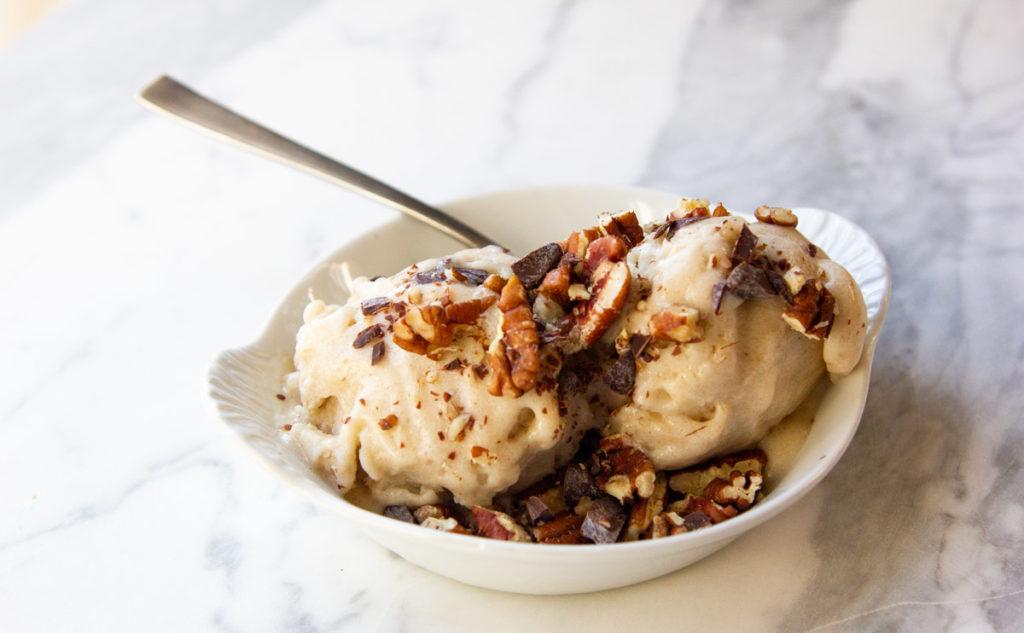Did you know that real frozen bananas (basically one ingredient) could transform into a creamy, homemade ice cream that’s fat-free, dairy-free, and vegan, with zero added sugars?
Now you know, and I think you will love this!

Did you know that real frozen bananas (basically one ingredient) could transform into a creamy, homemade ice cream that’s fat-free, dairy-free, and vegan, with zero added sugars?
Now you know, and I think you will love this!